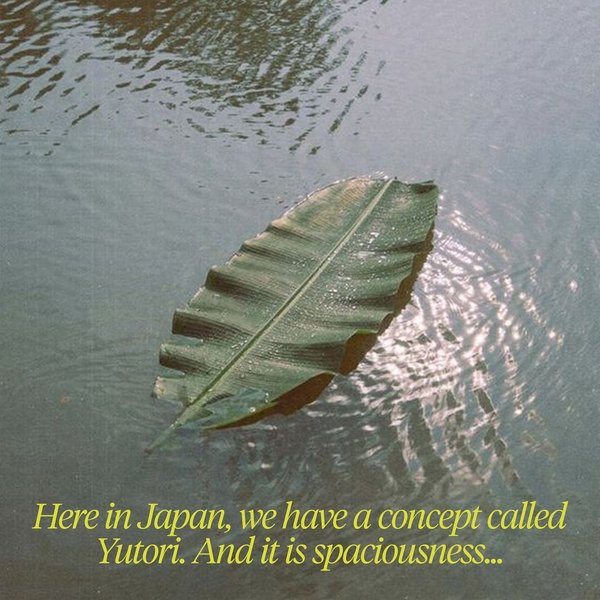Sublime
An inspiration engine for ideas
Rikyu took the baton of artlessness from his predecessor, Ikkyu, when he introduced Korean craft pottery into his tea ceremony. The Korean potters, who might have made a hundred similar pots in a day, were probably totally devoid of any thought of artistic aspirations as they worked, and it was just this lack of intellect that proved so attractive
... See moreAndrew Juniper • Wabi Sabi: The Japanese Art of Impermanence
both the tea ceremony and Zen share the basic philosophy that all extraneous or redundant activities should be removed and in spirit and action the whole environment should reflect economy and minimalism.
Sato,Shozo • Shodo: The Quiet Art of Japanese Zen Calligraphy, Learn the Wisdom of Zen Through Traditional Brush Painting
respected Tanchiu Koji Terayama, director of Hitsu Zendo. The English translation of his book’s title is Zen and the Art of Calligraphy (transl. by John Stevens; Penguin Group, 1983).
Sato,Shozo • Shodo: The Quiet Art of Japanese Zen Calligraphy, Learn the Wisdom of Zen Through Traditional Brush Painting

Soon this short verse sprang free from renga and began to articulate aesthetic qualities, such as a sense of beautiful aloneness (sabishisa) and restrained elegance (furyu).
Sam Hamill • The Pocket Haiku (Shambhala Pocket Library)
In the tearoom there is a sober veneration for unadorned rusticity, for the greatness to be found in the most restrained expression of the humble and simple.
Andrew Juniper • Wabi Sabi: The Japanese Art of Impermanence
The beauty of Basho’s prose, however, took the negative aspects of old age, loneliness, and death and imbued them with a serene sense of beauty.


